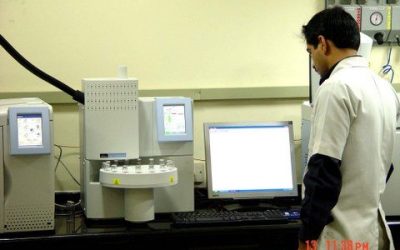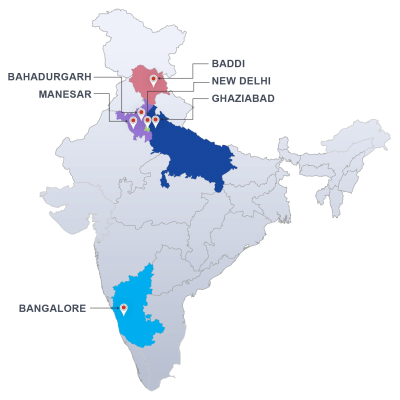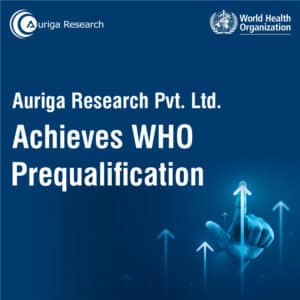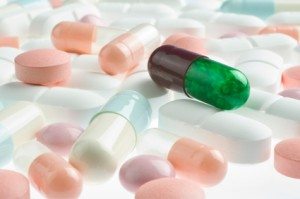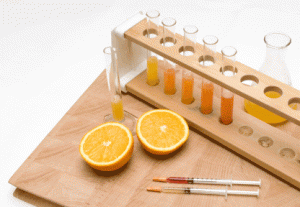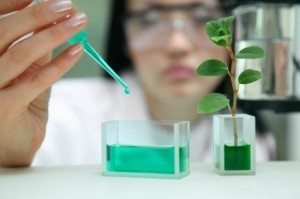
Food and nutrition are an essential part of our life and we are increasingly conscious of the kind of food that we are putting into our body.
The recent trend of people choosing organic produce is indicative of the distrust that people have for mass manufactured foods today.
Our food needs to provide us the right energy, nutrients to grow, and maintain our immune system. However, the bitter truth is – most of the food items we consume today are adulterated and contaminated with additives and impurities.
Recent food adulteration tests conducted across India proved that nearly 26,077 sample ingredients including sugar, milk, ghee, etc. are all adulterated or misbranded.
If you’re in the food manufacturing industry, you need to ensure that your products are free from any adulterants and meet national regulatory standards to distribute your products.
Our adulterant testing laboratories run food adulteration tests that help ensure that your food remains pure and additive free from farm to the plate.
Food Adulterants – A Quick Overview
Food Adulterants are the substances which are added to food items for economic and technical benefits but they reduce the value of nutrients in food and also causes the food contaminated and not fit for consumption.
Thus, any food item that is misrepresented or mislabeled either intentionally or unintentionally can be termed as adulterated food.
Food adulterants could be available in dairy products, cereal products, meat & eggs, canned & bottled vegetables, fruits & fruit products, fats & oils, beverages etc.
Some common examples of food adulteration include:
- Usage of high doses of preservatives like formalin to make the food item look colorful and attractive
- Using chemical like carbide to rapidly ripen fruits and vegetables
- Replacing oil with petrol or diesel to fry food items to make them crispier
Other examples of adulteration include:
- Milk could be found adulterated by adding water or by removing the cream or by adding artificial coloring agents like Annatto, ceramel, coal tar colors and preservatives like formaldehyde, boric & other acids etc.
- Meat & Eggs could be found adulterated by adding preservatives like potassium nitrate, boric & other acids etc. Coloring matter like Aniline red and cochineal-carmine is usually added colors.
- In Vegetable, malachite green is used for bright glowing green color which may be carcinogenic for humans.
- Martius Yellow being used to enhance the Yellow color of food substances. It can be carcinogenic and could cause stomach disorders.
- Argemone & Papaya Seeds being used in Mustard seeds could cause epidemic dropsy and severe glaucoma.
- Starch being added to give rich texture to paneer, khoya & condensed milk and could cause stomach disorders.
- Pepper oil is added to ice cream which could cause Kidney, lung, and heart diseases.
- Coffee Powder is adulterated through Tamarind seeds. Chicory powder being used as coloring agent & to add weight.
- Injectable dyes in watermelon, peas, capsicum, brinjal, papaya seeds.
- Sudan dyes which are meant to be used for coloring plastics and synthetic materials, are rather being used as coloring agents in food like red chili and other products. Sudan dyes have been identified as carcinogenic for human and can lead to severe health hazards.
Risks of Food Adulteration
- It can trigger stomach problems, liver or kidney failure alongside other health ailments
- Consumption of mislabeled food products can often lead to intake of unwanted allergens leading to severe allergic reactions
- The addition of artificial flavors to multiple food items can lead to headaches, dizziness, fatigue, and much more.
- Adulteration also impacts the nutritional value of the product thus leading to deficiency of important nutrients in our body
How to Perform Adulteration Testing on your own?
Owing to massive amounts of adulteration, it’s important to learn about some quick chemical tests for food adulteration that you can perform from the comfort of your house.
This will help you identify adulteration in your food, if you’re a business owner then you can do a preliminary analysis of adulteration on your own using these DIY tests before sending the sample to us for comprehensive adulterant testing.
Detection of adulteration in Milk:
- For Water: Put a drop of milk on a slanting polished surface. If it’s pure, it will either stay or flow out with a white trail. Adulterated milk will never leave a mark behind it.
- For detergent: Take 5 – 10ml of sample and equal amount of water. Shake the mixture and see if the lather is dense or thin. A dense lather indicates adulteration, while pure milk forms a thin foam layer
- Adulteration test for Coconut oil: To check for other oils in coconut oil, simply place a transparent glass having coconut oil in your refrigerator for 30 – 60 minutes. If the oil is pure, it will solidify, however, if adulterated, you will notice a separate layer above the solidification
The usage of non-authentic substances in food items is strictly prohibited under the Indian law and the same applies to export–oriented units.
For detecting adulteration of food, FSSAI (Food Safety and Standards Authority of India) has laid out certain guidelines which the brands must adhere to, violation of which can invite prosecution and multiple penalties.
Our food testing laboratory is equipped with high calibre testing equipment and is operated by a team that is experienced to seamlessly perform various tests for food adulteration.
We provide you with a comprehensive analysis of adulteration or additives in your product.
We make use of different techniques like HPLC for food analysis, HPTLC for investigation of food, GCMC, LCMSMS, and chemical analysis.
We have been routinely carrying out this analysis for leading packaged food, FMCG, and retail organizations in India for compliance with the FSS Act/Rules & Regulations.
Please contact us today using the quick query form on the right or by calling us now on +91-11-45754575 to get your food samples tested for Food Adulterants.
FAQs
1. Why is food adulteration harmful?
Food adulteration is harmful because it may be toxic and can adversely affect your health. It can trigger stomach problems and cause liver or kidney failure. Consumption of adulterated foods can cause severe allergic reactions. Intake of artificial flavours can lead to headaches, fatigue, and dizziness. Food adulteration also impacts the nutritional value of the product leading to a deficiency of important nutrients in our body.
2. How many types of food adulterations are there?
There are four main types of food adulterations.
Intentional Food Adulterations – Adulteration in which substances similar to the constituents of food are added to increase its weight and gain more profit. Example – mixing pebbles, sand, mud, filth, and chalk powder, etc.
Incidental Food Adulterations – It occurs due to negligence in food handling. Example – the residue of pesticides in grains, insects in food due to poor packaging, larvae growth in food, etc.
Metallic Food Adulterations – The addition of metallic materials like lead and mercury into food. Metallic food adulterations can happen accidentally or intentionally.
Packaging Hazards – Sometimes food components can interfere or mix with chemicals produced from packaging materials and cause a health hazard.
3. How can we prevent food adulteration?
FSSAI carries regular surveillance, monitoring, and random sampling to prevent food adulteration. Here are a few safety tips you can follow to avoid adulterated food:
Buy food products that have an FSSAI validated label.
Avoid choosing food in loose packaging.
In addition to this, we can do DIY food adulteration tests to detect adulteration in foods and prevent their consumption. FSSAI released ebook DART (Detect Adulteration with Rapid Test) is a useful resource to check adulteration in food using locally available chemicals.
4. How is food adulteration detected?
Adulteration in food is detected through food adulteration tests. We use different techniques like HPLC food analysis and HPTLC for the investigation of food. Additionally, we also carry GCMC, LCMSMS, and chemical analysis for detecting adulteration in food.
Also, adulterations can be detected using DIY tests. For example– You can detect adulteration in milk, butter, coconut oil, and sweets.






